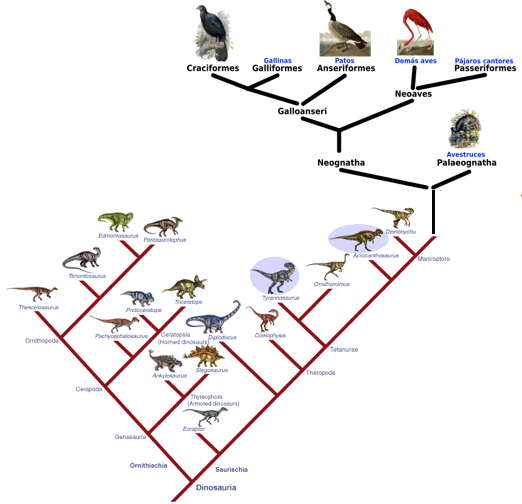Bayesian analysis: pros and cons
- Address most data analysis issues (missing data, non-standard data types, non-iid, weird loss functions, adding expert knowledge, …)
- Bayesian analysis: address those in a (semi) automated fashion / principled framework (“reductionist”)
- Reductionism can be bad or good (main con of reductionism is computational)
- Frequentist statistics: every problem is a new problem
- Implementation complexity
- Efficient in analyst’s time (thanks to PPLs)
- Harder to scale computationally
- \(\Longrightarrow\) shines on small data problems (there a much more of those than the “big data” hype would like you to think)
- Statistical properties
- Optimal if the model is well-specified
- Sub-optimal in certain cases when the model is mis-specified
- Thankfully the modelling flexibility makes it easier to build better models
- Important to make model checks
Week 2 example
- Would you rather get strapped to…
- “shiny rocket”: 1 success, 0 failures
- “rugged rocket”: 98 successes, 2 failures
Paradox?
- Maximum likelihood point estimates:
- “shiny rocket”: 100% success rate (1 success, 0 failures)
- “rugged rocket”: 98% success rate (98 successes, 2 failures)
- What is missing?
Uncertainty estimates
- Take-home message:
- Point estimates are often insufficient, and can be very dangerous
- We want some measure of uncertainty
- Bayesian inference provides one way to build uncertainty measures
- Bayesian measures of uncertainty we will describe: credible intervals
- Alternatives exist:
- Confidence intervals, from frequentist statistics
- “End product” looks similar, but very different in interpretation and construction
Uncertainty will not go away
- Just collect more data??
- Just launch more rockets and wait? Collecting more data might be too costly/dangerous/unethical.
- In some cases the data is just “gone”, i.e. we will never be able to collect more after a point (e.g.: phylogenetic tree inference)

